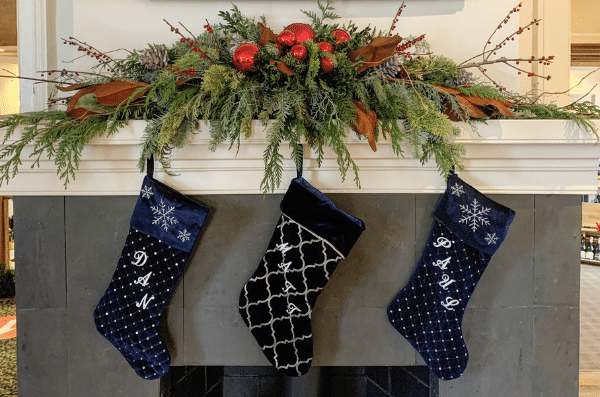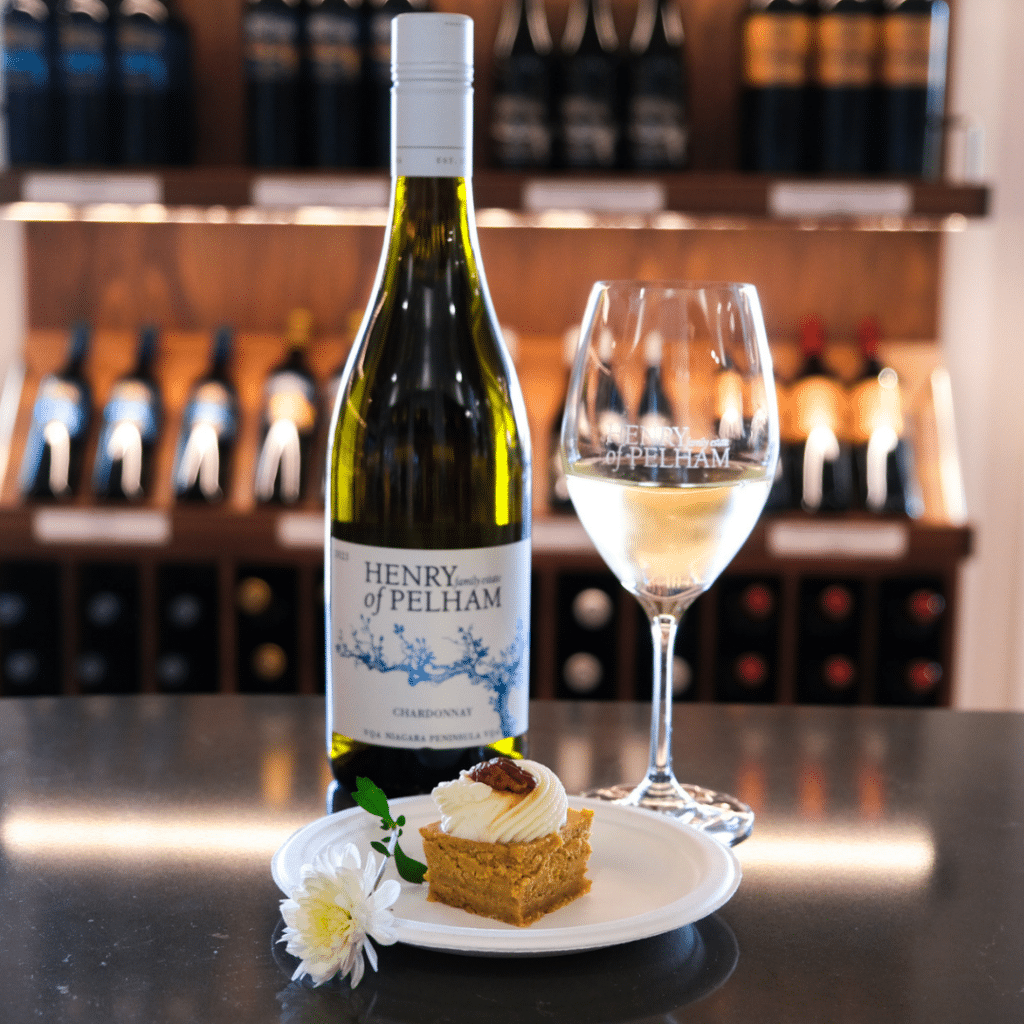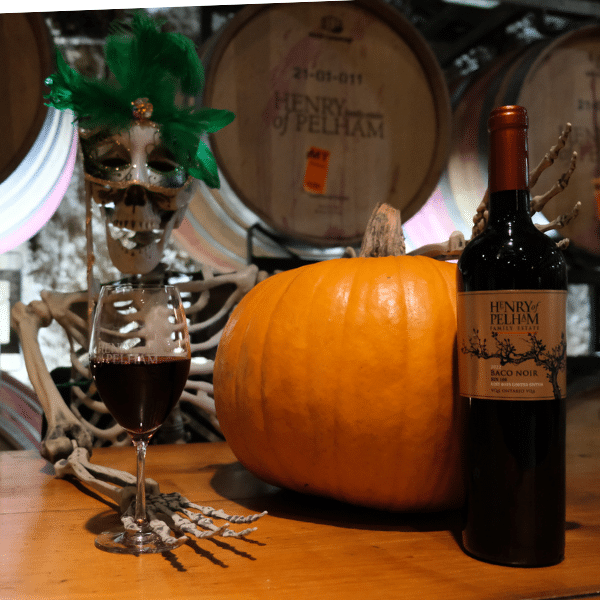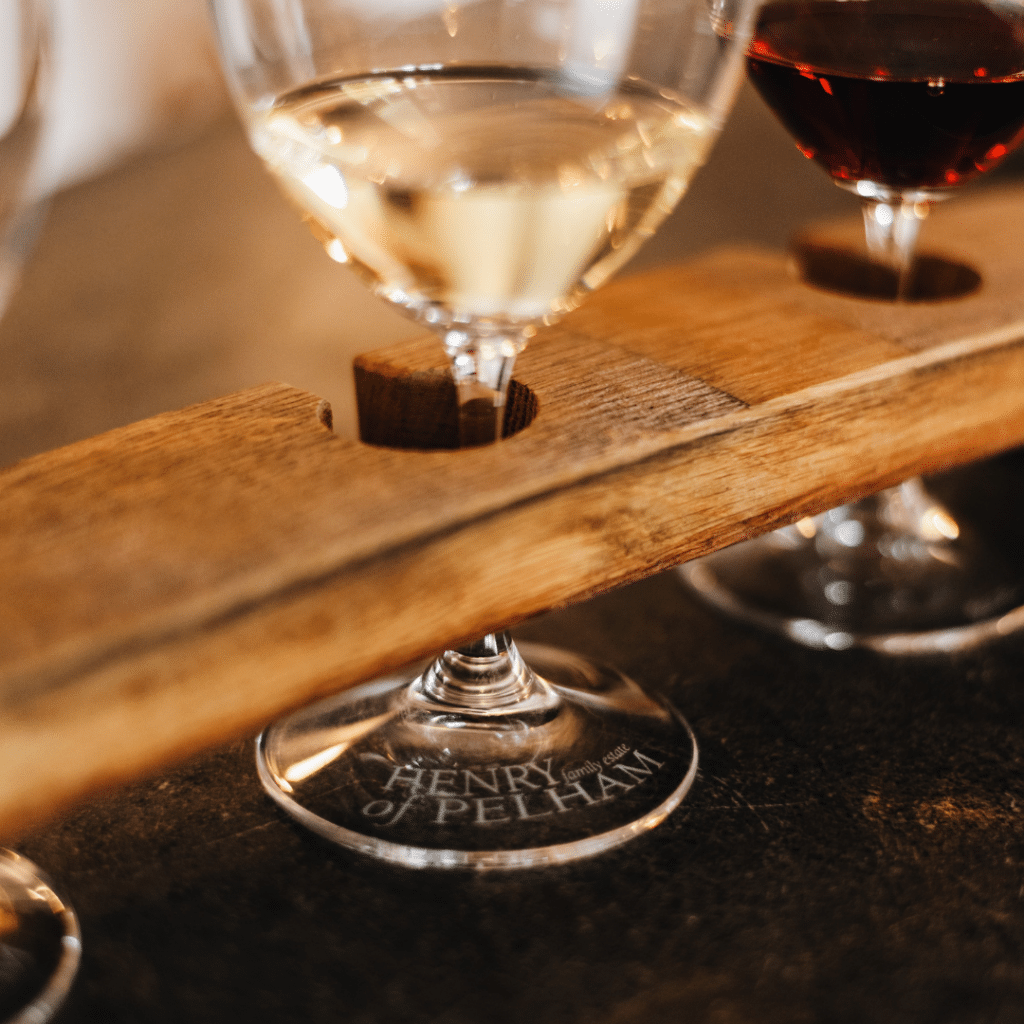
Wine Tasting 101
"Wine … offers a greater range for enjoyment and appreciation than possibly any other purely sensory thing which may be purchased."
-Ernest Hemingway
Wine tasting is an art that engages all the senses, offering an experience that goes beyond consumption. To truly appreciate wine, wine educators and enthusiasts have developed the five S’s: See, Swirl, Sniff, Sip, and Savour. Grab a glass of your favourite vino (we'll be using our classic Baco Noir as an example) and taste along while we dive into these five steps and how they contribute to the enjoyment of wine!
The first step in wine tasting is to observe the wine’s appearance. Pour the wine into a clear glass and hold it up to a light source or against a white background. Examine the color, clarity, and viscosity.
- Clarity: A clear wine with no cloudiness typically indicates good quality. However, some unfiltered wines might have a hazy appearance, which is not necessarily a flaw.
- Intensity: When evaluating appearance, intensity describes the concentration of colour. The more concentrated and opaque a wine's color, the higher its intensity.
- Colour: The colour can provide clues about the wine’s age and grape variety. White wines range from pale yellow to golden, while red wines can vary from ruby red to deep purple. As wines age, their colors may deepen and change.
See: Classic Baco Noir
- Clarity: The wine is clear, showing no signs of cloudiness.
- Intensity: A good rule of thumb for judging intensity is to look through the glass against a piece of paper and see if you can read the words on the page. Our classic Baco Noir is quite opaque, noting more body in the wine.
- Colour: Our Baco Noir presents a deep, rich red almost purple hue.
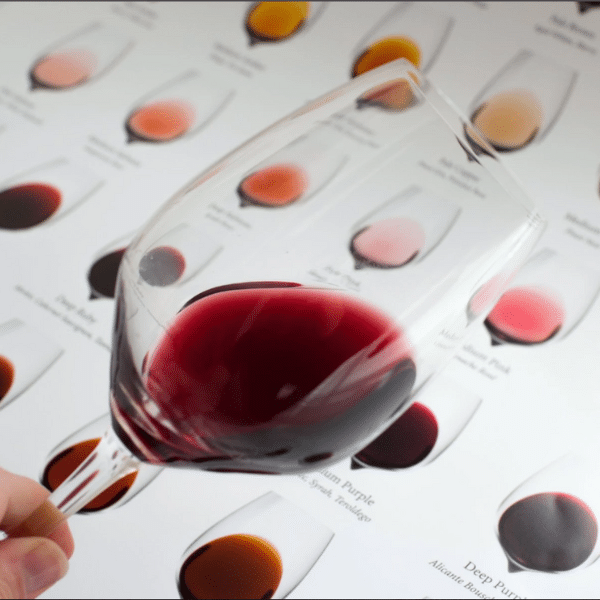

Swirling the wine in the glass serves multiple purposes. It aerates the wine, releasing its aromas so you can better evaluate its characteristics.
- Aeration: By exposing the wine to air, you help to release volatile compounds that contribute to its bouquet. This process can also help to soften tannins in red wines, making them more approachable.
- Observation: While swirling, you can also observe the wine’s legs again to reaffirm its viscosity and potentially its alcohol content. The prominence of legs in a glass generally indicates higher alcohol content, and with it a richer texture and fuller body.
Swirl: Classic Baco Noir
- Aeration: Swirling our Baco Noir releases an array of aromas are released.
- Observation: After swirling clear legs can be seen moving down the glass, indicative of our Baco Noir's 13% alcohol content.
A wine’s aroma is a key component of its overall profile. After swirling, bring the glass to your nose and deeply sniff. This step can reveal a wide range of scents that are integral to the wine’s character.
- Primary Aromas: These come from the grape itself, and can include fruit, floral, and herbal notes developed in the ripening process.
- Secondary Aromas: These are derived from fermentation and the winemaking process and can include smells like yeast, bread, or butter.
- Tertiary Aromas: These develop from aging, either in the bottle or in oak barrels, and can include complex notes like leather, tobacco, vanilla, oak, and earth.
Sniff: Classic Baco Noir
- Baco Noir has a strong aroma with complex primary and tertiary notes. Strawberry, mulberry, oak, and a hint of black pepper can be found on the nose.
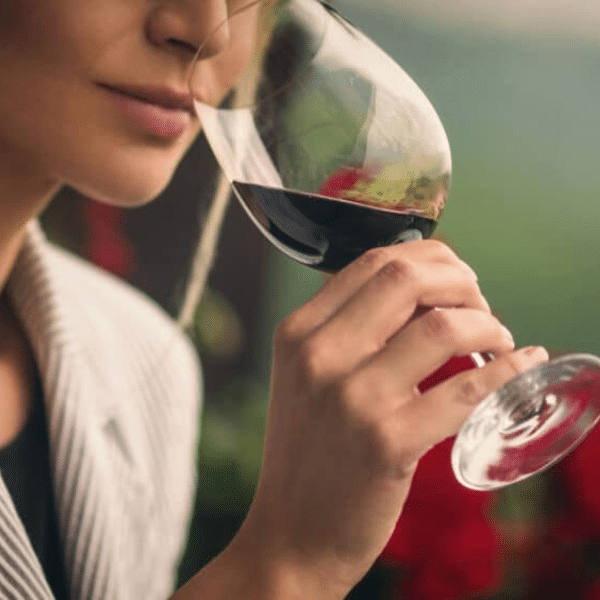
4. Sip
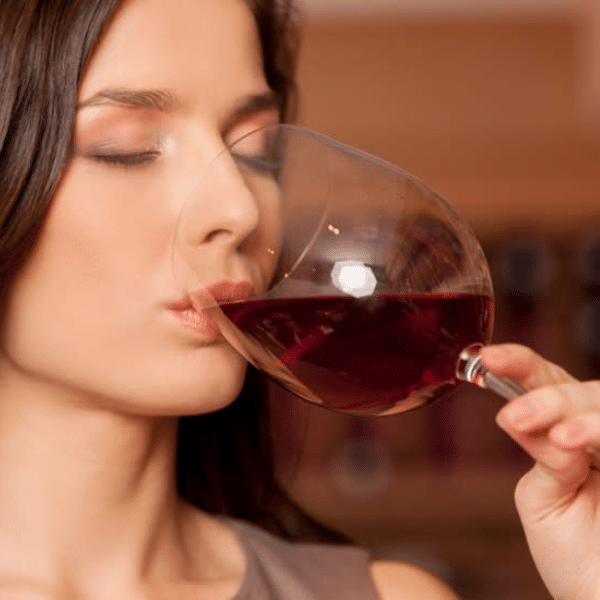
Tasting wine involves more than just taking a sip; it’s about paying attention to the flavours and textures that unfold on your palate. Take a small sip and let the wine coat your tongue, noting the different taste sensations.
- Flavours: Identify the primary flavours that you first detected in the aroma. Consider the balance of sweetness, acidity, tannin, and alcohol. The interaction of these elements creates the wine’s overall structure.
- Texture: Pay attention to the wine’s mouthfeel. Is it light and crisp, or rich and full-bodied? The texture can greatly influence your overall impression of the wine.
- Finish: Notice the length of time the flavours linger after you’ve swallowed. A long, pleasant finish is often a sign of a high-quality wine.
Sip: Classic Baco Noir
- Flavours: Dark and red fruit flavours come through on the palate. Strawberry, mulberry blackberry, with a hint of smoke and black pepper on the finish.
- Texture: The mouthfeel of our Baco Noir is rich and velvety. This wine has moderate to high tannins, giving it a structured and robust body.
- Finish: This Baco Noir has a long finish, with the flavours lingering on the palate. The tannins leave a slight drying sensation.
5. Savour
- The final step is to savour the wine, reflecting on its overall impression and how the different elements come together. This is the moment to appreciate the wine in its entirety.
- Integration: Consider how well the flavours, aromas, and textures integrate. A well-balanced wine will have harmony among its components.
- Complexity: Reflect on the complexity of the wine. Does it reveal new flavours and aromas as you continue to taste it? Complex wines often provide a more engaging and rewarding experience.
Savour: Classic Baco Noir
- Integration: Our Baco Noir is well balanced with harmony found in the complementary rich flavour profile, body, and tannin.
- Complexity: A more complex wine, our Baco Noir reveals flavours as you sip further into the wine.
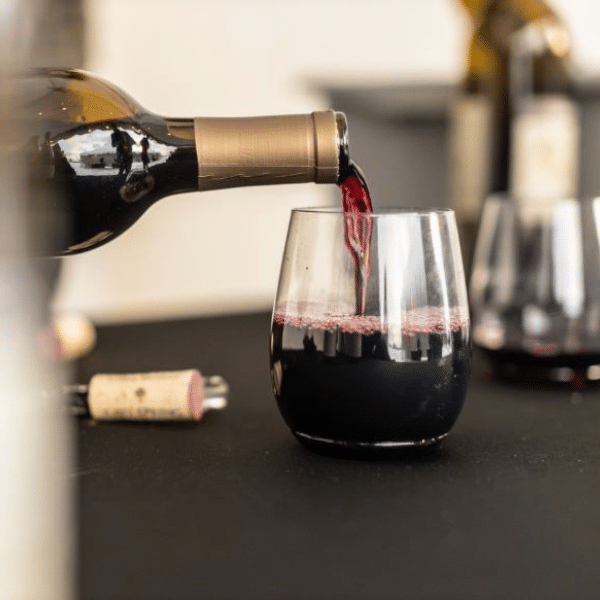
The 5 S’s of wine tasting offer a structured approach to appreciating wine. By seeing, swirling, sniffing, sipping, and savouring, you can fully engage with the wine and uncover its unique characteristics. Whether you’re a novice or a seasoned enthusiast, these steps can enhance your tasting experience and deepen your appreciation for the art of wine. Cheers to your next wine tasting adventure!
BOOK YOUR OWN EVENT
Birthday party? Bridal shower? Business meeting? Be the host with the most.
Intimate spaces for special occasions
Henry of Pelham offers several spaces for formal and informal events and meetings, with room for up to 30 people. We've helped host anniversaries, office parties, showers, birthdays, annual general meetings and more. Our light-filled ballroom, which is also a beautiful gallery space featuring work from Canadian artists, is a bright venue for daytime events and an elegant room to host evening gatherings. Our barrel cellar is a cool retreat from the summer heat and cozy space for fall and winter events for smaller groups. Catering is available from the Coach House Café.
And with anything from Henry's wine list available to event organizers, the drinks are guaranteed to be crowd-pleasers.
WHEN:
September 25-26, 2017
TIME:
1 -4 p.m.
COST:
1 -4 p.m.
JOIN CLUB HENRY.
A Classic membership gets you complimentary tastings for two on every visit to the winery, 15% off regularly priced non-wine items in our retail store, and advance notice of special release wines, events and contests—all for free! We'll even mail you a membership card.










